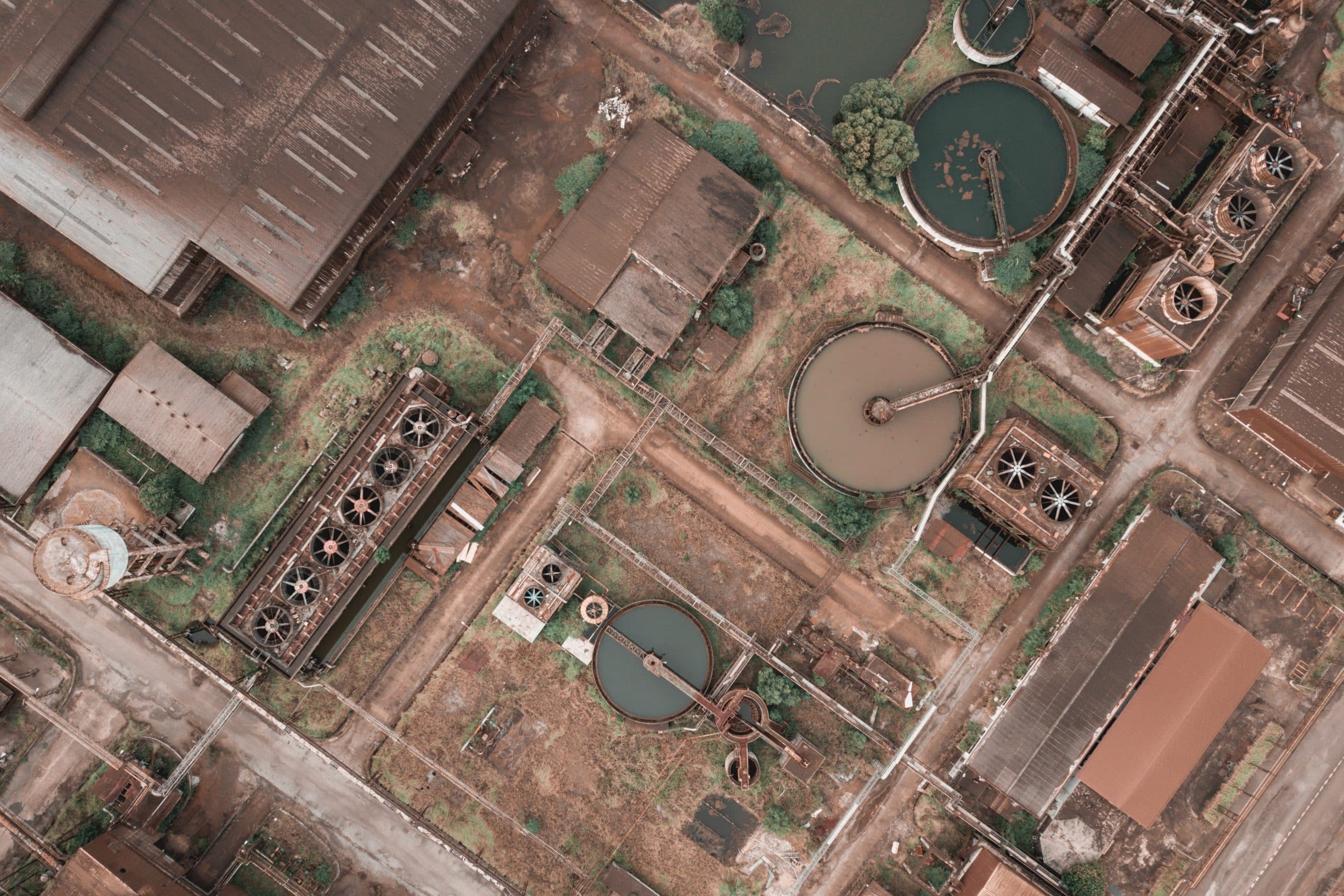To obtain the best cash-flow advantage it is usually advantageous for companies to utilise losses as soon as practically possible. Generally, legislation provides that trade losses incurred in a year may be carried back to the preceding year and offset against total profits of that year. Using this method can result in an immediate increase in cash as funds are generally promptly paid out by HMRC, assuming the tax has already been paid. This is effectively done by amending the prior year’s tax return and there are certain time limits to amending tax returns being one year from the filing date that is typically one year from the end of the company’s financial year. So, in general, a company has two years from the end of its financial year to amend its corporation tax return.
A waste regeneration systems provider started business and made a good profit in its first year and subsequently paid the tax due. In the subsequent year it made a loss and this loss was greater than the total profits earned in the first year. When filing the return for the subsequent year it made a claim to carry back the some of loss to the prior year so the prior year’s profits were zero, though this claim was crucially made after the two-year time period from the end of the first financial year. HMRC received this claim and promptly refunded the tax already paid for the first year.
HMRC had opened an enquiry into the company’s first year tax return and on conclusion of this enquiry and litigation at the First-tier Tribunal (FTT) the first year’s profits were increased substantially, so much so that the entire loss of the second year could be offset against the profits of the first year.
The taxpayer argued that since the profits of the first year had been increased by the FTT then HMRC and the FTT were required to increase the amount of the carry-back claim. This would have been the case if the claim for carrying back the losses had been made in time as legislation provides for this mechanism.
The CoA found that as the claim had been made outside of the time limits that the FTT was not required to make the adjustments sought by the taxpayer but had acted correctly by stating that the remaining losses of the second year were only available for carrying forward against future profits, giving a cash flow disadvantage to the company. The mechanisms for dealing with claims outside of the time limits were different from those made within the time limits.
The decision can be found at: Civic Environmental Systems Ltd v The Commissioners for HMRC – Find case law (nationalarchives.gov.uk)
Please contact us if you have any question on corporation tax losses or any corporation tax matter. We very are experienced with dealing with HMRC and can help with compliance with or advisory issues.



